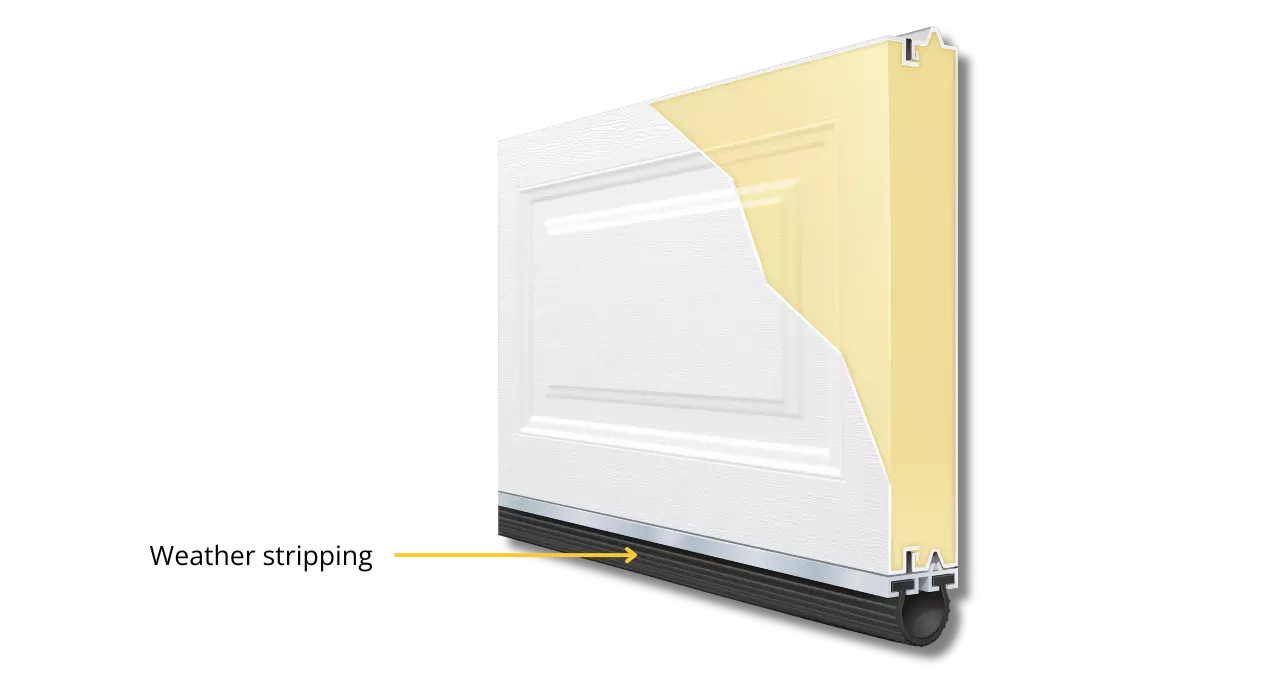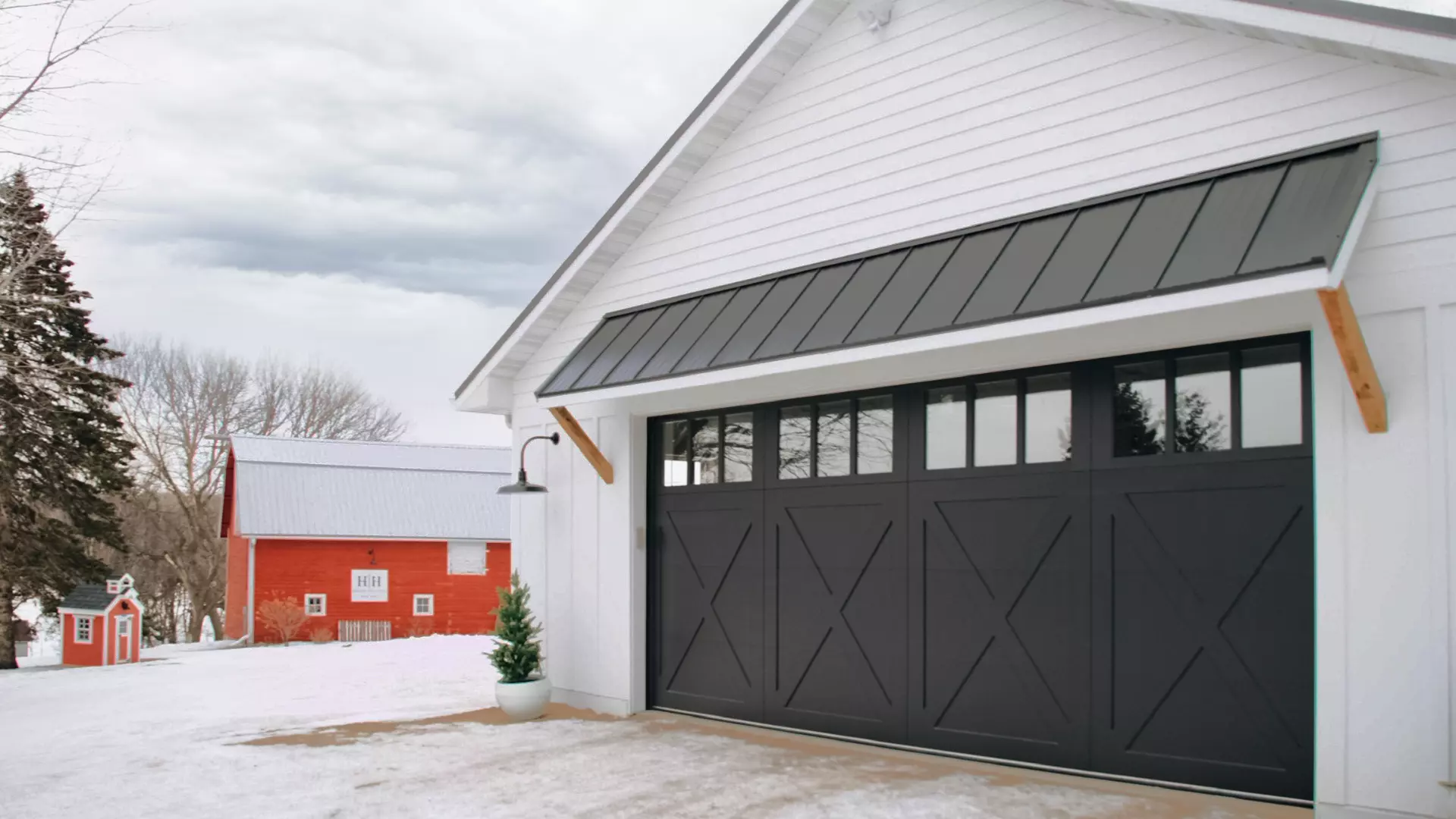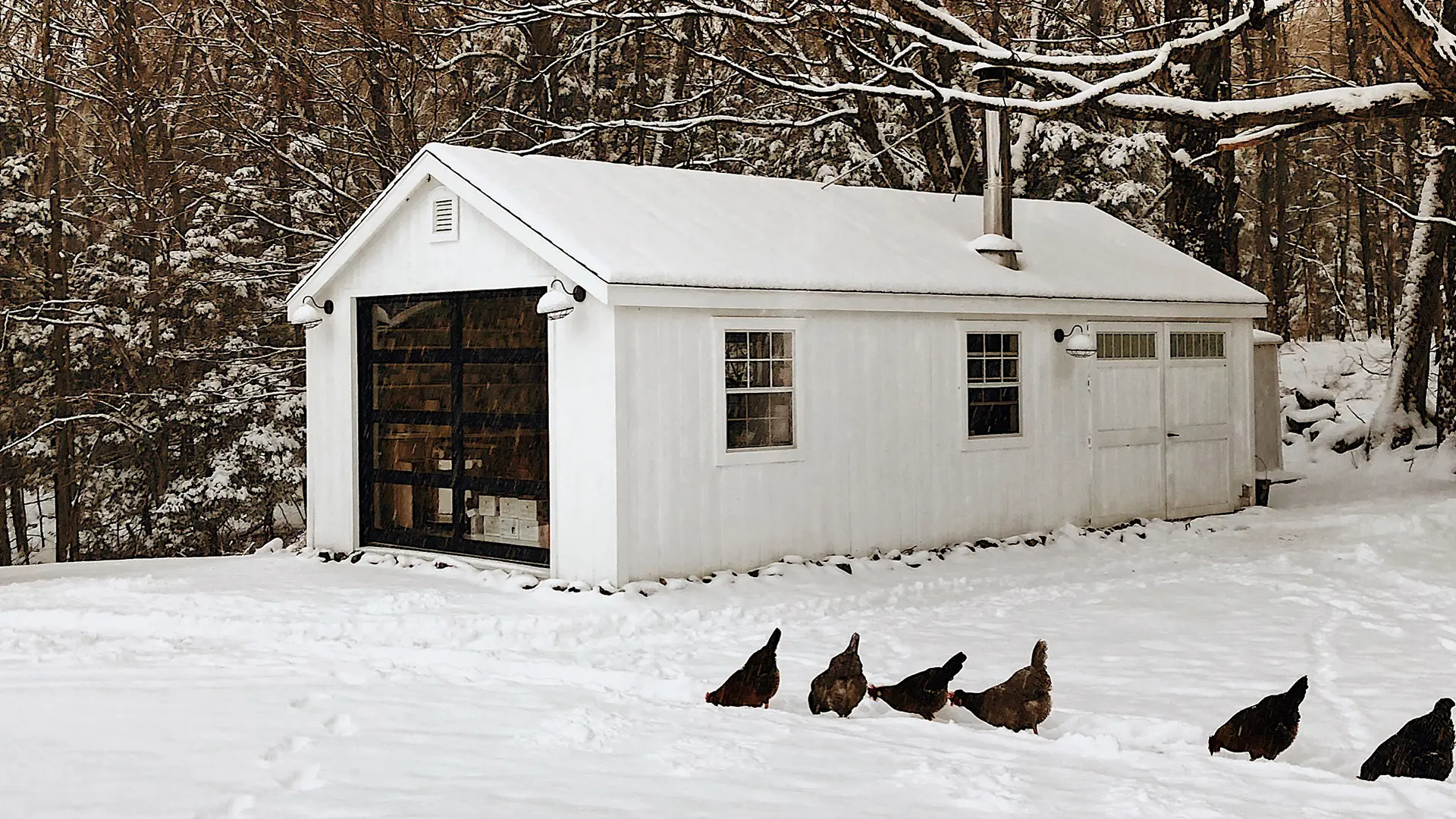Ignoring a damaged bottom seal ranks as kind of bad. Your garage door seal is a type of weather stripping you can install around the garage door to keep air, water and pests from entering into the garage at the bottom of the door. While we often overlook garage door seals, they play an important role in ensuring the proper function of your garage.
When your garage door seal tears or ages, it becomes an irritating inconvenience that can easily interfere with the comfort of your garage and its energy efficiency. A faulty garage door seal can also put items you store in your garage at risk of exposure to moisture. If those irritations weren't enough to capture your attention, you might be surprised to learn that gaps along the bottom weather seal and vinyl side strips are also an open invitation for bugs and rodents to get inside and find a warm location to nest in the garage or access the house.

When sealing your garage door, there are several options available: bottom seals, threshold seals, perimeter seals, jamb seals and hinge seals. Each type of garage door seal serves a distinct purpose. Our informative guide to garage door seals helps homeowners choose the correct one for their garage needs.
As part of a regular garage door maintenance routine, you should periodically inspect your garage door seal to ensure it's in proper working condition. Frequent inspections and proactive maintenance of your garage door seals are crucial to prolong their effectiveness and maintain optimum efficiency.
Look for signs of wear and tear and pay extra attention to points of contact with your garage door floor. Be sure to apply a silicone-based lubricant every 6-12 months to prevent cracking or drying. Also, make sure to gently clean your garage door seal to ensure optimal performance. Simply take mild soap and water to remove debris.
Even with proper maintenance, garage door seals will eventually reach the end of their lifespan and require replacement. So how do you know if you need a new garage door bottom seal? Let's talk about a few of the tell-tale signs.
Cracks or holes are red flags that your garage door seal needs replacement. You may notice the seal is warped or misshaped in some places.
Does your garage door seal make good contact with your garage door floor? If not, it's definitely a sign you may need a replacement seal.
You may also feel a draft of air coming in when the door is closed and possibly even see daylight peeking through.
Garage door seals maybe seem like a simple upgrade, but they leave quite the impact. If you need a new bottom seal, replacement parts can be purchased at a retail home center or by contacting your local garage door dealer.
Helpful Articles
The Importance of Garage Door Weather Stripping

-copy.webp?sfvrsn=9613bb9a_1)



